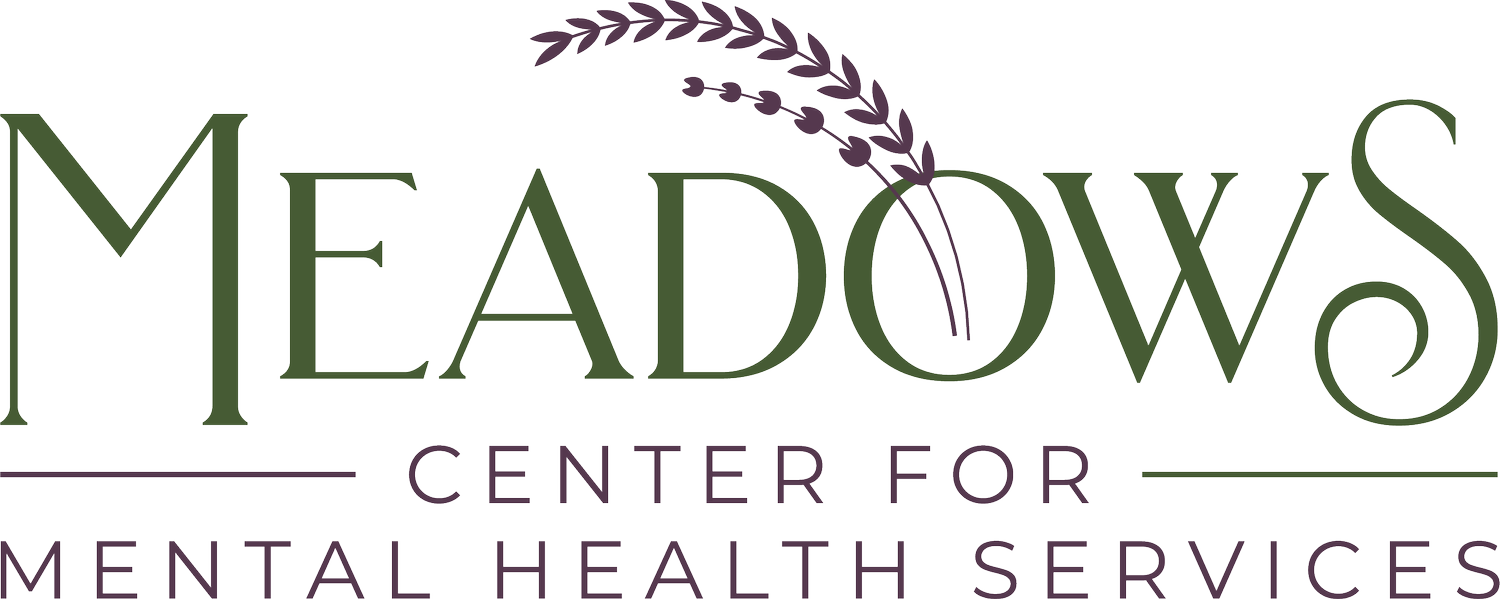
Dialectical Behavior Therapy
What is Dialectical Behavioral Therapy (DBT)?
Dialectical Behavior Therapy (DBT) is a cognitive behavioral treatment that was originally developed to treat chronically suicidal individuals diagnosed with borderline personality disorder (BPD) and it is now recognized as the gold standard psychological treatment for this population. In addition, research has shown that it is effective in treating a wide range of other disorders such as substance dependence, depression, post-traumatic stress disorder (PTSD), and eating disorders.
In MN, the Department of Human Services certifies DBT programs that have demonstrated competencies and training in providing standardized DBT the way the research has shown to be effective. At Meadows Center, we have a comprehensive Intensive Outpatient DBT program certified by the state of MN which means our program provides all of the components of the model. We require a one-year commitment to be in this program.
Nationally, Dr. Marsha Linehan, the treatment developer, has formed the DBT-Linehan Board of Certification (DBT-LBC). The DBT-LBC was formed to develop a comprehensive way to certify individual therapists in their competency to deliver DBT effectively and to certify programs that demonstrate their ability to deliver DBT programmatically with fidelity to the model as it has been researched. Currently, Heather Cruz has completed this process and is DBT-Linehan Board of Certification, Certified Clinicians™. There are also other clinicians in our program currently in the certification process.
Meadows Center for Mental Health Services is recognized as a DBT-Linehan Board of Certification, Certified DBT Program™. The DBT-LBC ensures our program has the structure and practices consistent with the delivery of a comprehensive (or adapted) implementation of Dialectical Behavior Therapy. National Certification through the DBT-LBC requires programs to undergo an extensive review that consists of scoring of responses to a Program Fidelity Scale questionnaire, program documentation and file review, interviews with treatment providers and clients, and on-site observations of the DBT program practices in action. Our program is the first in the state of MN to achieve this certification.
What are the components of DBT?
In its standard form, there are four components of DBT: skills training group, individual treatment, DBT phone coaching, and consultation team.
DBT skills training group is focused on enhancing clients' capabilities by teaching them behavioral skills. The group is run like a class, not a process group, where the group leader teaches the skills and assigns homework for clients to practice using the skills in their everyday lives. Groups meet on a weekly basis for 2 hours and it takes approximately 6 months to get through the full skills curriculum, which is often repeated to create a 1-year program. In MN it is a requirement to commit to the full year.
DBT individual therapy is focused on enhancing client motivation and helping clients to apply the skills to specific challenges and events in their lives. Individual therapy takes place once a week for as long as the client is in therapy and runs concurrently with skills groups.
DBT phone coaching is focused on providing clients with in-the-moment coaching on how to use skills to effectively cope with difficult situations that arise in their everyday lives. Clients have access to their individual therapist’s phone number and can call at any time.
DBT therapist consultation team is intended to be therapy for the therapists and to support DBT providers in their work with people who often have severe, complex, difficult-to-treat disorders. The consultation team is designed to help therapists stay motivated and competent so they can provide the best treatment possible. The consultation team meets weekly and is composed of individual therapists and group leaders who share responsibility for each client's care.
What skills are taught in DBT?
DBT includes four sets of behavioral skills.
Mindfulness: the practice of being fully aware and present in this one moment
Distress Tolerance: how to tolerate pain in difficult situations, not change it
Interpersonal Effectiveness: how to ask for what you want and say no while maintaining self-respect and relationships with others
Emotion Regulation: how to change emotions that you want to change
How does DBT prioritize treatment targets?
Clients who receive DBT typically have multiple problems that require treatment. DBT uses a hierarchy of treatment targets to help the therapist determine the order in which problems should be addressed. The treatment targets in order of priority are:
Life-threatening behaviors: First and foremost, behaviors that could lead to the client's death are targeted, including all forms of suicidal and non-suicidal self-injury, suicidal ideation, suicide communications, and other behaviors engaged in for the purpose of causing bodily harm.
Therapy-interfering behaviors: This includes any behavior that interferes with the client receiving effective treatment. These behaviors can be on the part of the client and/or the therapist, such as coming late to sessions, cancelling appointments, and being non-collaborative in working towards treatment goals.
Quality of life behaviors: This category includes any other type of behavior that interferes with clients having a reasonable quality of life, such as mental disorders, relationship problems, and financial or housing crises.
Skills acquisition: This refers to the need for clients to learn new skillful behaviors to replace ineffective behaviors and help them achieve their goals.
For more information about DBT click here.
We are proud to have DBT-LBC Certified Clinicians™ working in our program.
For more information please click here.
Para obtener más información sobre DBT en español por favor referencia http://www.trastornoborderline.com/


